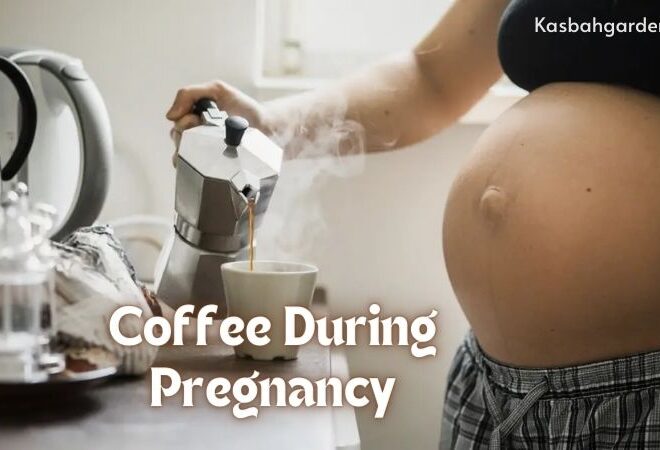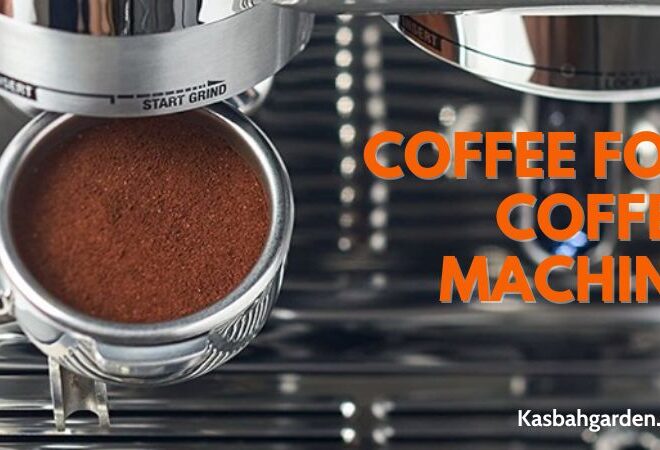Espresso Beans Vs Coffee Beans | Learn About Which Is Better
When it comes to getting your daily caffeine fix, you may be wondering what the difference between espresso beans and coffee beans is. The two are often used in similar ways, but there’s much more to consider beyond that superficial look. Here we’ll dive deeper into the differences between espresso beans vs coffee beans: from how they’re grown and processed, to their flavor profiles and main uses – so that you can determine which type of bean has all those coffee-house taste notes you crave.
What Is Espresso Beans?

Espresso beans refer to beans that are roasted for a long period of time (dark roast), finely ground, and require high pressure to produce a small, concentrated shot of coffee. The distinction between espresso and coffee lies in their preparation methods rather than the actual beans used.
What Is Coffee Beans?
Coffee beans, on the other hand, refer to any type of bean that is used to brew coffee. This can include beans from various regions and different roasting levels. Coffee beans are usually coarsely ground and brewed using methods such as drip or French press.
Are Espresso Beans And Coffee Beans The Same?
Are espresso beans and coffee beans the same? Most coffee beans, including espresso beans, can be classified into two main types: Robusta and Arabica beans. The key distinction lies in the roasting process, grind size, and brewing method used, which are more specific for espresso.
Espresso Beans Vs Coffee Beans: How They Are Different
The variation between espresso and coffee lies in their preparation methods, rather than the type of beans used. Typically, espresso beans undergo a lengthy roasting process (dark roast), possess a fine grind, and necessitate high pressure to produce a concentrated ounce or two of coffee. Below are the differences you need to know:
Flavor Profile
When it comes to taste, espresso beans have a bolder and more intense flavor compared to coffee beans. The dark roast of espresso beans results in a rich, smoky and slightly bitter taste. On the other hand, coffee beans can range in flavor depending on the type of bean used and the roasting level, but tend to have a smoother and milder taste.
Roast
As mentioned before, espresso beans are typically roasted for a longer period of time (dark roast) to achieve their bold flavor. Coffee beans, on the other hand, can be roasted to various levels ranging from light to dark depending on personal preference and desired flavor.
Grind
The grind size also plays a crucial role in differentiating between espresso beans and coffee beans. Espresso beans are finely ground, almost like powder, to produce a concentrated shot of coffee. Coffee beans, on the other hand, are coarsely ground for brewing methods such as French press or drip.
Brewing
The brewing method used is another key difference between espresso beans and coffee beans. Espresso requires high pressure and a specialized machine to produce the concentrated shot of coffee, while coffee can be brewed using simpler methods such as pour over or French press.
Taste
As mentioned earlier, the taste profile of espresso beans tends to be bolder and stronger compared to coffee beans. However, this does not mean that one is better than the other. It all comes down to personal preference and what kind of flavor you are looking for in your cup of joe.
Uses
Espresso beans are predominantly used to make espresso shots or as a base for other coffee drinks such as lattes or cappuccinos. Coffee beans, on the other hand, can be used in various brewing methods and are often enjoyed as a standalone beverage.
Does Espresso Have More Caffeine?
Espresso is often considered to have a higher caffeine content compared to regular coffee. According to Department of Agriculture nutrition data, an ounce of espresso contains approximately 63 mg of caffeine, which is significantly more than the average 12 to 16 mg found in an ounce of regular coffee. However, it is worth noting that consuming just one ounce of coffee is not a common practice for most individuals.
What Is The Difference Between Espresso And Americano?
The difference between espresso and an Americano lies in taste and appearance. An Americano is essentially a shot of espresso diluted with water, while an espresso is simply a shot of espresso made from a single serving of coffee beans.
What Is The Difference Between Espresso And Cappuccino?
Espresso is a concentrated shot of finely ground coffee beans brewed under pressure, resulting in a robust flavor. Cappuccino, on the other hand, is an espresso-based drink that combines espresso with steamed milk, providing a creamy texture and delightful sweetness.
Can You Use Coffee Beans For Espresso?

Coffee beans can indeed be used for making espresso. The key is to ensure they are finely ground. While any coffee can work, many opt for dark roasted beans due to their intensified flavor. In fact, you might even come across coffee that is specifically labeled as ‘espresso’ owing to its darker roast.
The Benefits Enjoying An Espresso-Based Beverage Or Coffee Drink
Recent studies suggest that drinking espresso can potentially reduce the risk of type 2 diabetes, Alzheimer’s disease, and dementia. Additionally, espresso contains antioxidants and caffeine, both of which can help boost metabolism and enhance mood.
Tips For Brewing The Perfect Cup Of Espresso
Here are a few tips to help you brew the perfect cup of espresso at home:
- Invest in a high-quality, consistently ground espresso blend.
- Preheat your espresso machine before use to ensure optimal temperature and extraction.
- Use filtered water for better taste and consistency.
- Make sure to tamp down the coffee grounds evenly to prevent uneven extraction.
- Adjust your grind size and extraction time to achieve your desired flavor profile.
- Clean your espresso machine regularly to prevent buildup and ensure the best possible taste.
How To Store Coffee & Espresso Beans To Preserve Taste
To preserve the taste of your coffee and espresso beans, follow these storage guidelines. Your beans’ biggest adversaries are air, moisture, heat, and light. To maintain their fresh roasted flavor for as long as possible, store them in an opaque, airtight container at room temperature.



There’s no difference. If it’s a large, mass-market brand, it probably means a pretty dark roast. If it’s a local or third wave roaster, it’s whatever bean or blend and roast they have that they like for espresso. This is a generalization. Any coffee beans can be used for espresso. Some are better than others.
Thank you for letting me know this information.
I means that the roaster thought that the blend as they roasted it would make good tasting espresso. There is nothing special about the beans, although many “espresso blends” are roasted medium to dark. If you ask around in r/espresso, you will find that many there totally ignore the “espresso” label on beans and use light roasts or anything else they want.
Thank you for letting me know this information.